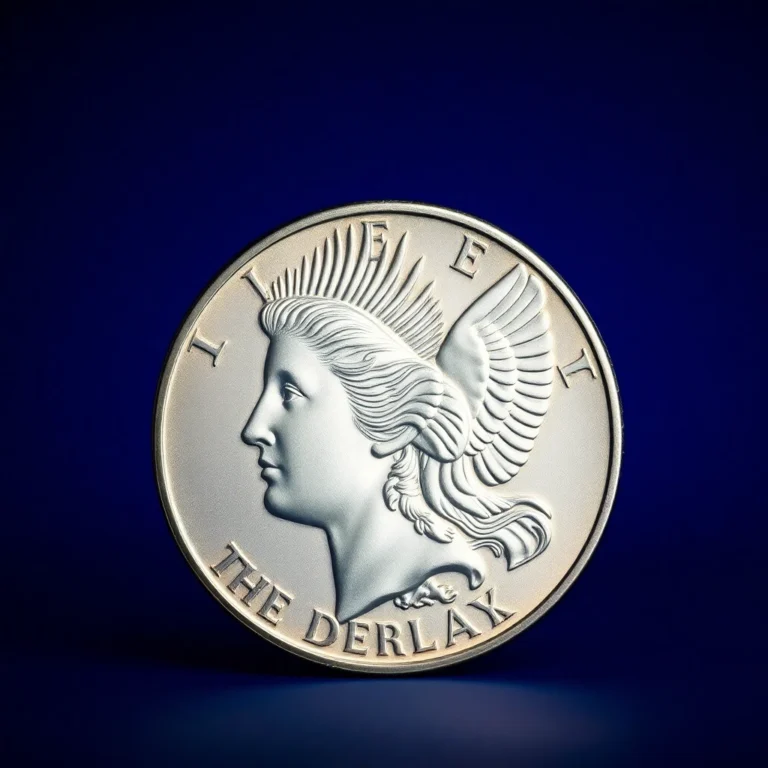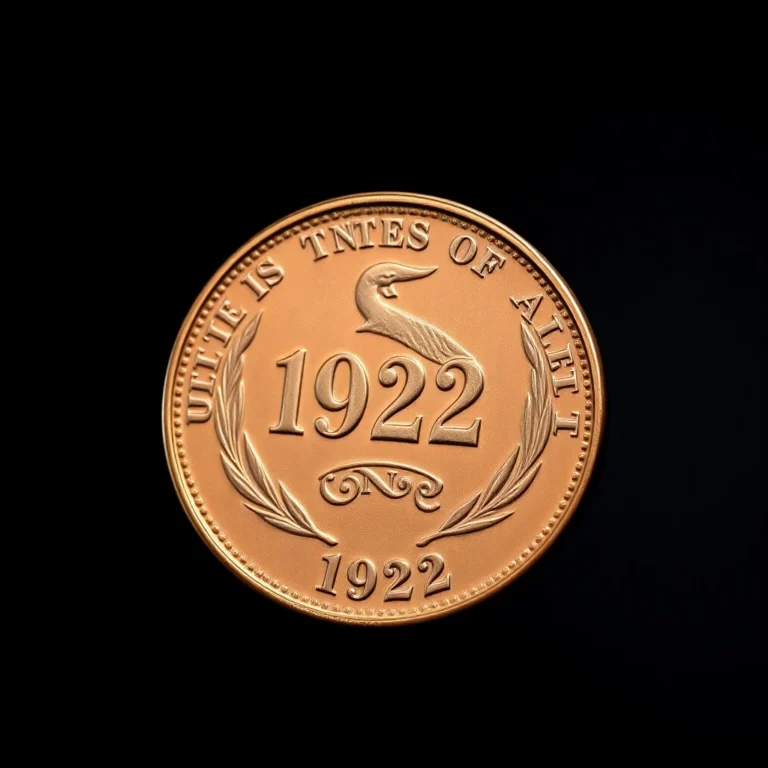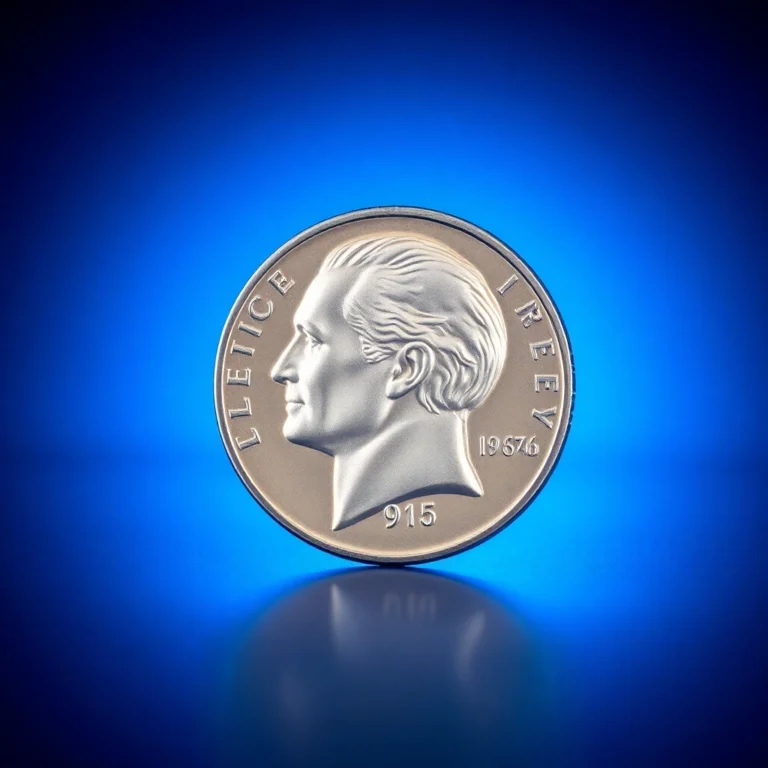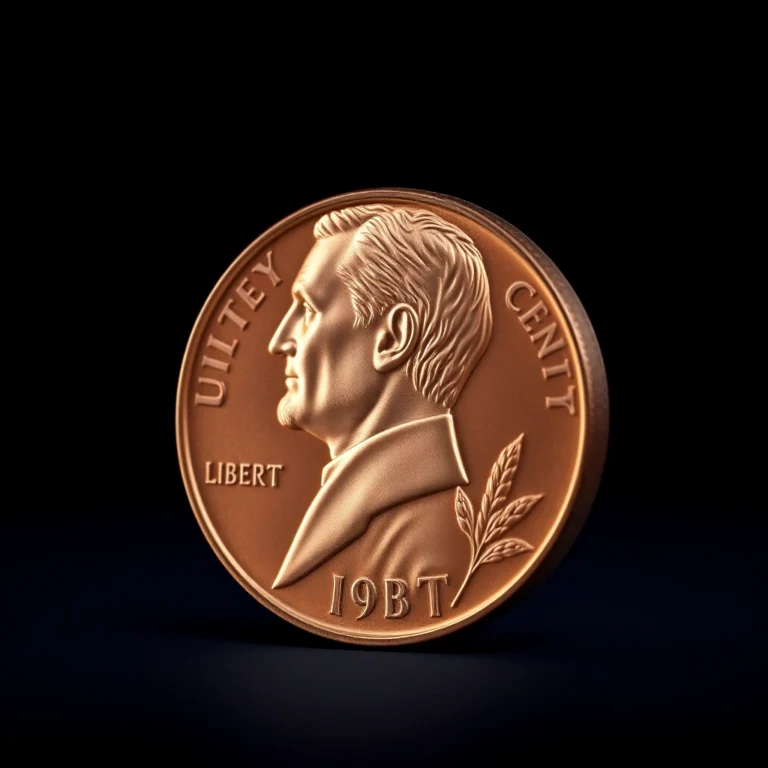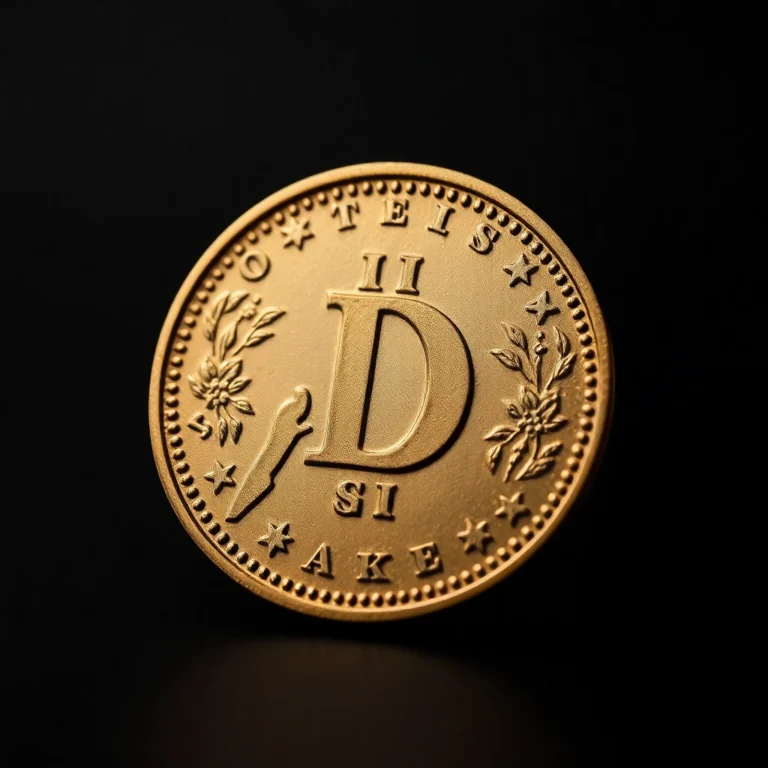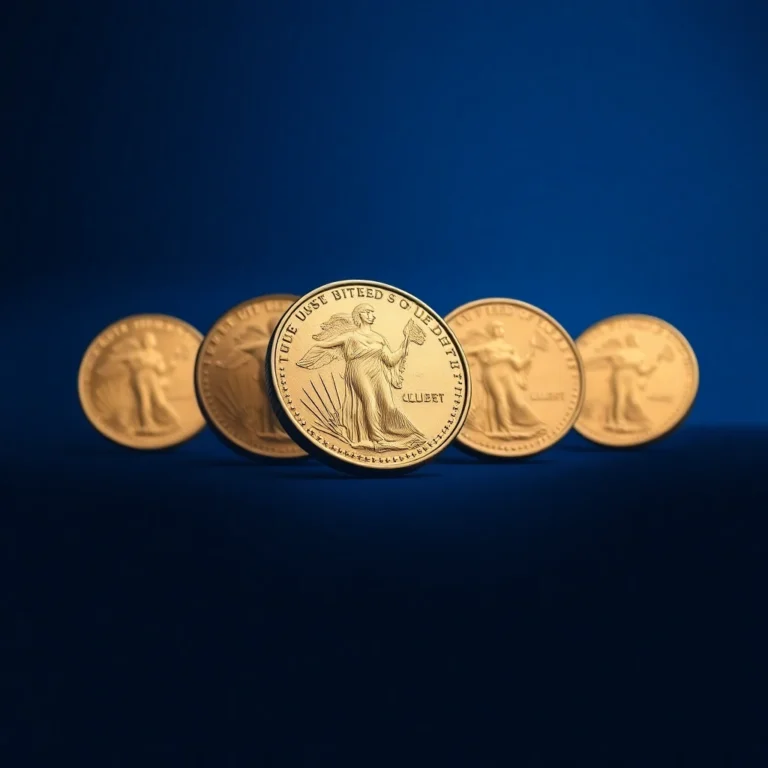Imagine stumbling upon a small piece of metal that, due to a tiny manufacturing mishap, holds the power to unlock a world of fascination and potential profit. Welcome to the intriguing realm of error coins, where the 1999 Wide AM Penny stands as a modern-day marvel for numismatists. These coins, born out of unexpected variations in the minting process, capture the curiosity of collectors eager to discover treasures that defy the ordinary.
For enthusiasts, error coins like the 1999 Wide AM Penny are not just about owning a piece of currency; they’re about holding a unique slice of history that’s as rare as it is valuable. In this article, you’ll delve into the captivating stories behind these coins, learn how to identify them, and understand their growing significance in the world of numismatics.
Ready to embark on a journey that reveals the hidden gems among your pocket change? Discover why these elusive coins are more than just errors—they’re coveted pieces that could transform your collection and potentially your fortune.
Historical Background and Significance
The 1999 Wide AM Penny is one of the fascinating anomalies in modern-day numismatics. This error occurs in the Lincoln Memorial pennies produced in the late 20th century. The “Wide AM” refers to the spacing between the letters “A” and “M” in “AMERICA” on the reverse of the penny. While regular 1999 pennies have these letters almost touching, the Wide AM variety has a noticeable gap, making it a sought-after error among collectors. The significance of this penny lies not only in its rarity but also in the insight it provides into the minting process and the occasional lapses that can occur even in modern times.
Physical Characteristics and Design
The 1999 Wide AM Penny features the familiar design of the Lincoln Memorial on the reverse, introduced in 1959 to celebrate Abraham Lincoln’s 150th birthday. The obverse carries the profile of Lincoln, designed by Victor David Brenner. The distinguishing characteristic of the Wide AM variety is the spacing between the “A” and “M” in “AMERICA” on the reverse side, which is wider than that of the standard 1999 penny.
Mintage Figures and Rarity
The total mintage of 1999 Lincoln pennies was in the billions, but only a tiny fraction of these are the sought-after Wide AM variety. This scarcity contributes to its desirability and value among collectors. Although exact figures for the Wide AM error are unavailable, estimates suggest that only a few thousand exist, making it a rare find in circulation.
Known Varieties or Errors
In addition to the 1999 Wide AM, similar errors can be found in other years, notably the 1998 and 2000 Wide AM pennies. These varieties, alongside the 1999 version, are collectively referred to as the “Wide AM” series. These errors were the result of using a proof reverse die on circulation strikes, a mix-up that led to these unique characteristics.
Value Information
The value of a 1999 Wide AM Penny can vary significantly based on its condition. Below is a detailed table illustrating the value range by grade:
| Grade | Value Range |
|---|---|
| Good (G-4) | $5-$10 |
| Very Good (VG-8) | $10-$15 |
| Fine (F-12) | $15-$20 |
| Very Fine (VF-20) | $20-$30 |
| Extremely Fine (EF-40) | $30-$40 |
| About Uncirculated (AU-50) | $40-$60 |
| Mint State (MS-60) | $60-$100 |
| Gem Mint State (MS-65) | $100-$200 |
Authentication Tips
When authenticating a 1999 Wide AM Penny, examine the reverse closely under magnification. The gap between the “A” and “M” should be evident. Additionally, ensure the coin’s features align with the known characteristics of the Wide AM variety. Comparing it with a standard 1999 penny can be helpful. Be wary of altered coins where the spacing has been artificially widened. Seek coins certified by reputable grading services to guarantee authenticity.
Expert Collecting Advice
For collectors interested in error coins, patience and keen observation are crucial. Building a collection of Wide AM varieties from 1998, 1999, and 2000 can be a rewarding challenge. Consider joining a numismatic society to connect with other enthusiasts and gain access to valuable resources. Always store error coins in proper holders to preserve their condition and value. Happy collecting!
FAQs
How does the value of error coins like the 1999 Wide AM Penny get determined?
The value of error coins is primarily determined by their rarity, demand, and condition. Coins in better condition, graded higher on the Sheldon scale (ranging from 1 to 70), tend to be more valuable. The 1999 Wide AM Penny, for example, can be worth anywhere from $5 to over $500, depending on its grade and market interest.
What are some tips for authenticating error coins?
Authentication involves careful examination of the coin’s features against known error types. For the 1999 Wide AM Penny, check the spacing between the “A” and the “M” in “AMERICA” on the reverse side. Utilize magnification tools and reference materials. For high-value coins, consider professional grading services like PCGS or NGC to ensure authenticity.
What advice would you give to someone starting to collect error coins?
Start by familiarizing yourself with popular error types and varieties, such as the 1999 Wide AM Penny or the 1955 Doubled Die Lincoln Cent. Focus on learning to spot these errors and invest in a good magnifying glass. Join numismatic clubs or online forums to connect with other collectors and gain insights. Always buy from reputable dealers or auctions to avoid counterfeits.
Why are error coins historically significant?
Error coins provide a fascinating glimpse into the minting process and the history of currency production. They can highlight changes in technology, mint policies, and even economic conditions of the time. The 1999 Wide AM Penny, for instance, reflects a transitional period in U.S. coinage design and production practices.
What are some common varieties or errors to look out for in modern coins?
In addition to the 1999 Wide AM Penny, collectors often seek out the 2000, 1998 Wide AM pennies, the 1955 Doubled Die Lincoln Cent, and the 2004 Wisconsin State Quarter with its “Extra Leaf” error. Look for anomalies like doubled dies, off-center strikes, and transitional errors, which can all be appealing to collectors.
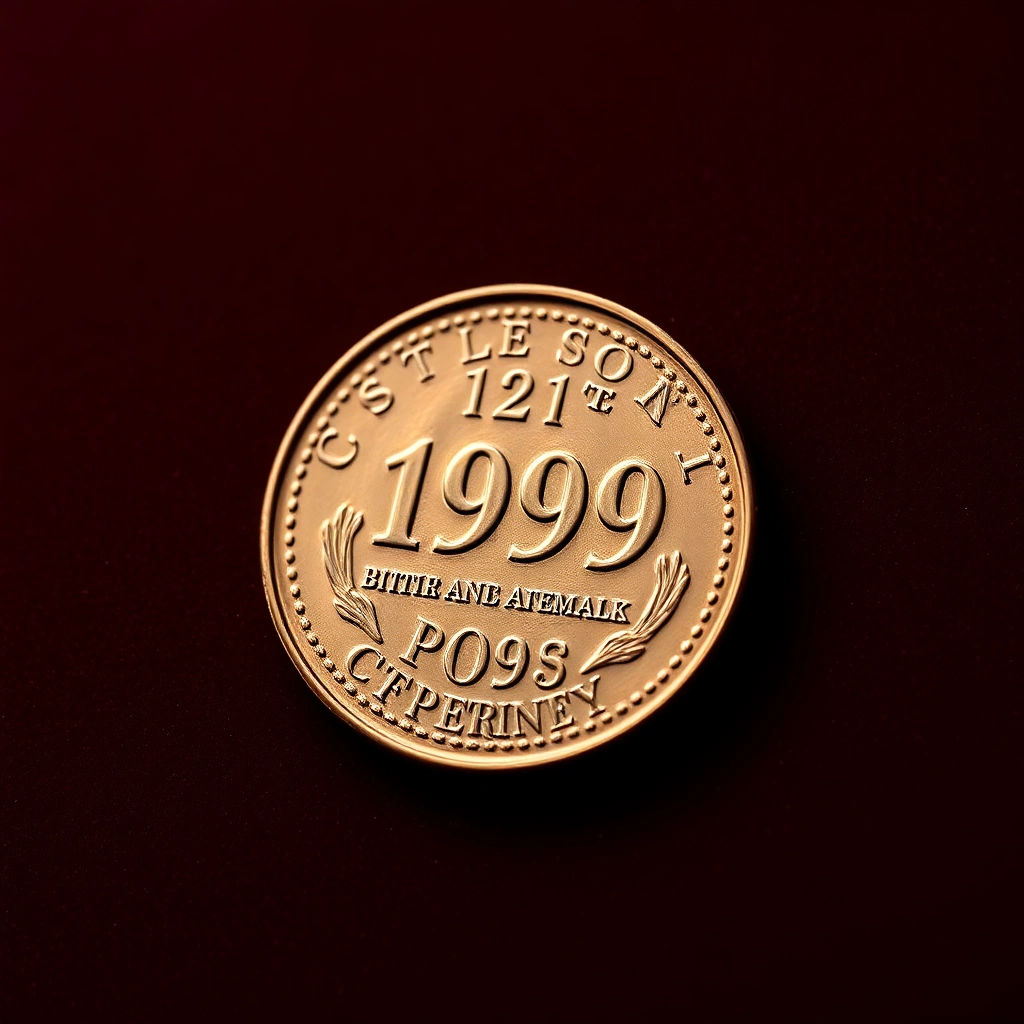


 Expert Insight:
Expert Insight:
